11 min to read
The 10 Most Common Birds in India: A Birdwatcher’s Paradise
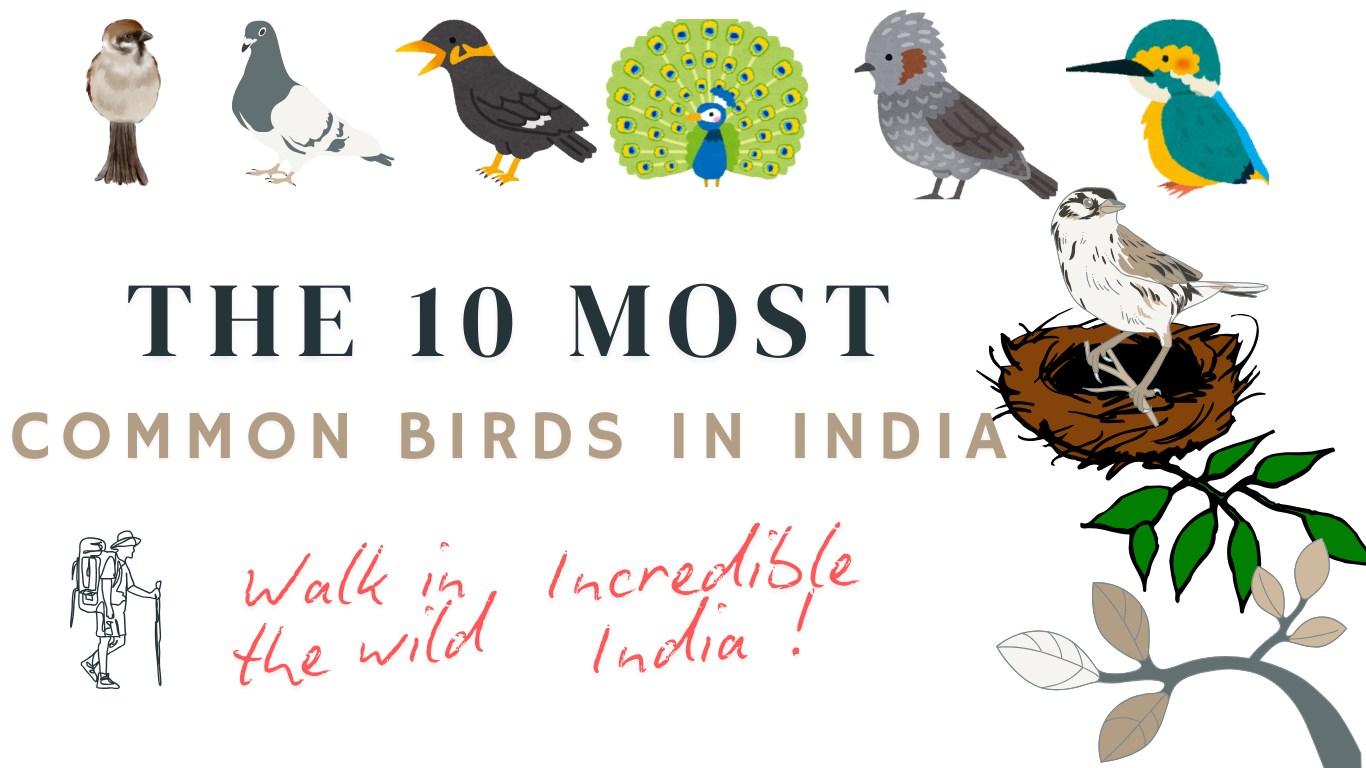
India is a country with rich biodiversity and a variety of habitats, from the Himalayas to the coasts, from the deserts to the rainforests. This diversity is reflected in the birdlife of India, which includes more than 1300 species, of which 81 are endemic and 212 are globally threatened.
In this article, we will introduce you to 10 of the most common birds that you can encounter in India, whether you are in a city or a village, in a forest or a field, or near a water body or a mountain. These birds are not only widespread and abundant, but also beautiful and fascinating in their own ways. Here are list of 10 common indian birds.
- Indian Birds: The 10 Most Common Species
- 1. House Sparrow (India’s Familiar Companion), Indian Birds
- 2. Rock Pigeon (The Urban Bird), Indian Birds
- 3. Common Myna (The Noisy Starling), Indian Birds
- 4. Indian Peafowl (The National Bird), Indian Birds
- 5. Red-vented Bulbul (The Garden Bird), Indian Birds
- 6. White-throated Kingfisher (The Fisher King), Indian Birds
- 7. Indian Roller (The Aerial Acrobat), Indian Birds
- 8. Asian Koel (The Cuckoo), Indian Birds
- 9. Green Bee-eater (The Insect Hunter), Indian Birds
- 10. Red-wattled Lapwing (The Plover), Indian Birds
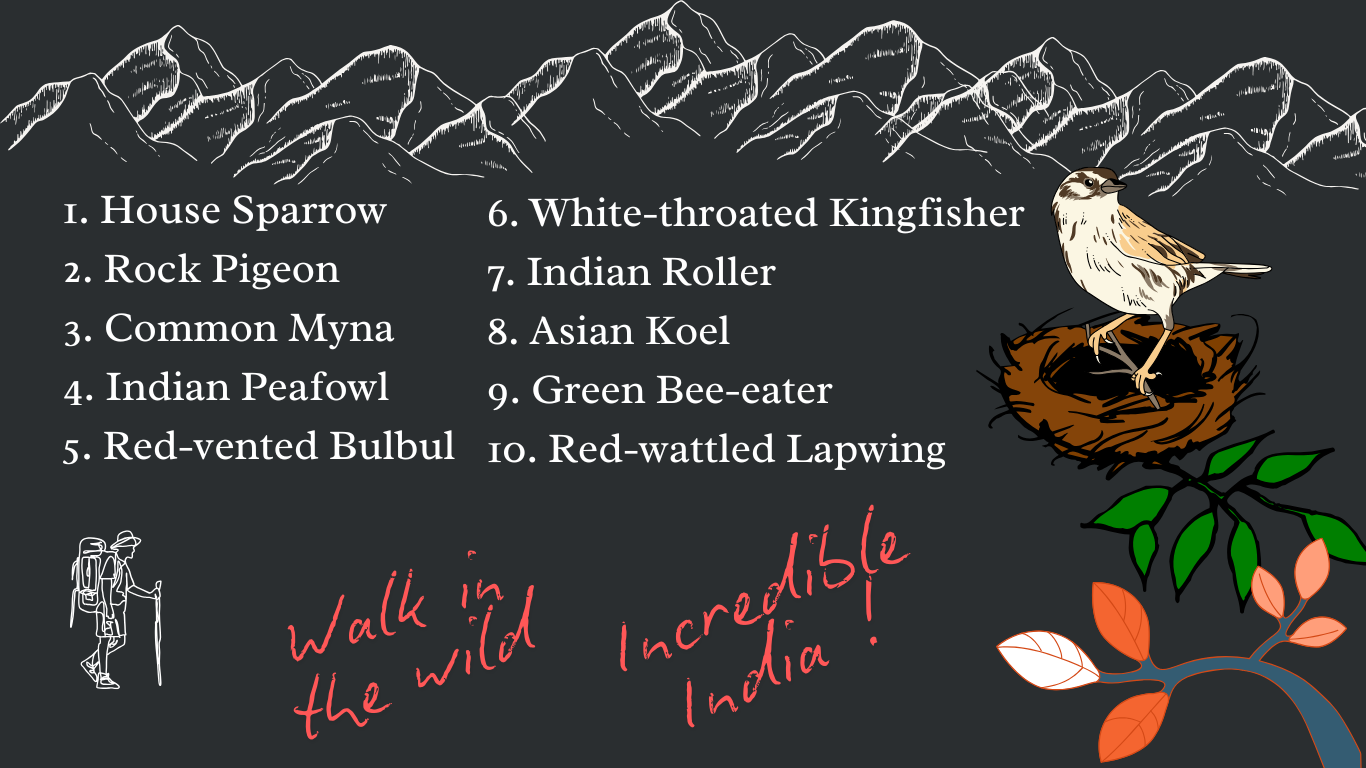
 Indian Birds: The 10 Most Common Species
Indian Birds: The 10 Most Common Species
 1. House Sparrow (India’s Familiar Companion), Indian Birds
1. House Sparrow (India’s Familiar Companion), Indian Birds
The house sparrow (Passer domesticus) is one of the most familiar and widespread birds in the world, and India is no exception. It is found in almost every human habitation, from rural villages to urban cities, where it feeds on grains, seeds, insects and scraps. It is a small brown bird with a black bib and a grey cap. The male has a chestnut back and a black spot on each cheek, while the female is duller and lacks the black markings. Indian birds are known for their adaptability and resilience, which has helped them thrive in a variety of environments.
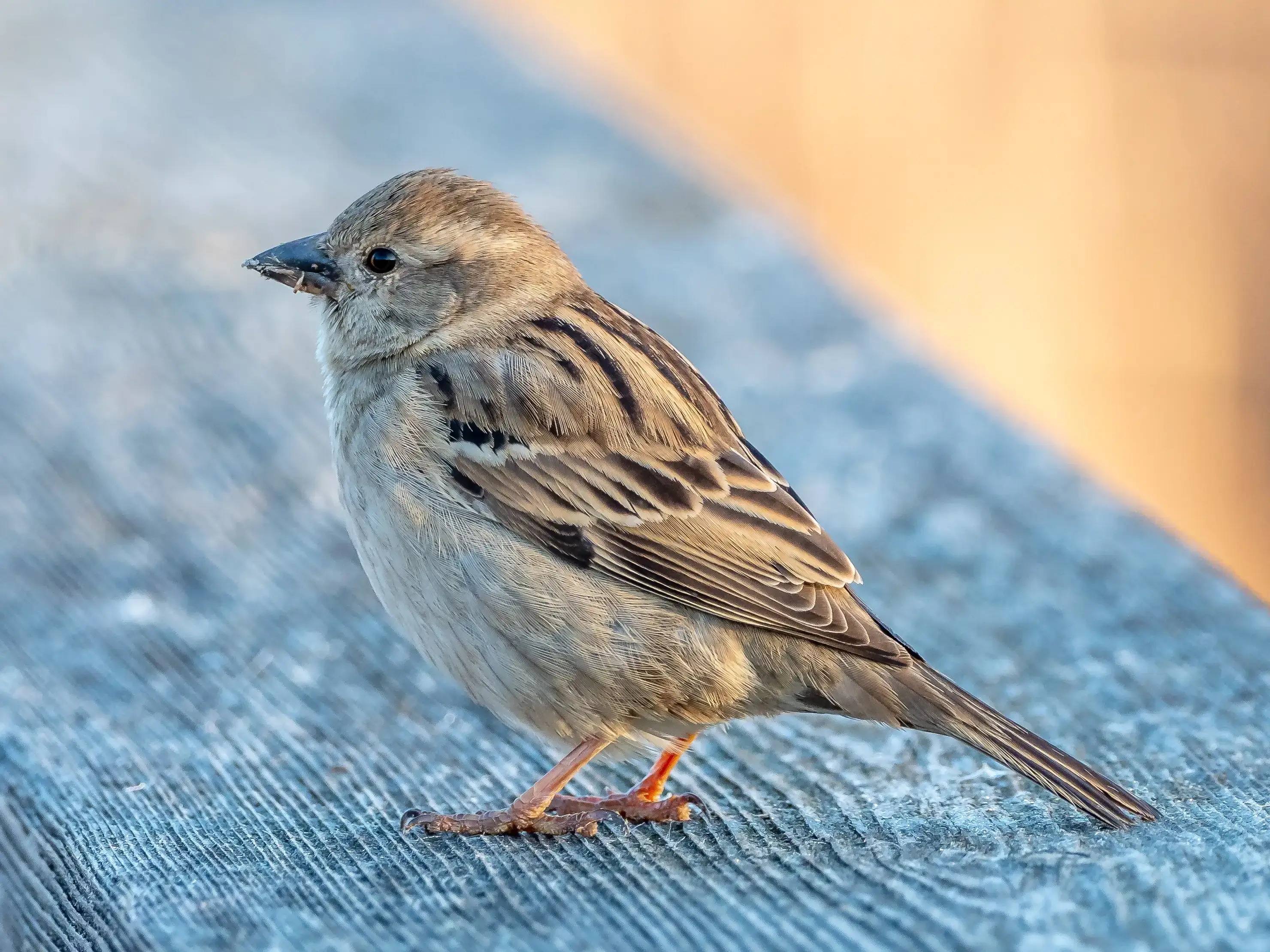
The house sparrow is a social bird that lives in colonies and nests in holes or crevices of buildings, trees or other structures. It is also a vocal bird that produces a variety of chirps and calls. The house sparrow is considered a symbol of friendship and companionship in many cultures.
 2. Rock Pigeon (The Urban Bird), Indian Birds
2. Rock Pigeon (The Urban Bird), Indian Birds
The rock pigeon (Columba livia) is another ubiquitous bird that has adapted well to human environments. It is native to Europe, Asia and Africa, but has been introduced to many other parts of the world by humans. It is a medium-sized pigeon with a grey body, a white rump, two black wing bars and a greenish-purplish iridescence on the neck and breast. Some individuals may have different colours or patterns due to domestication or hybridization.

The rock pigeon feeds mainly on seeds, grains, fruits and vegetables, and can be seen in flocks around parks, gardens, farms, markets and buildings. It nests on ledges, roofs, bridges or cliffs, where it lays two white eggs. It is also known for its homing ability and has been used for communication and racing for centuries.
 3. Common Myna (The Noisy Starling), Indian Birds
3. Common Myna (The Noisy Starling), Indian Birds
The common myna (Acridotheres tristis) is a starling native to Asia that has also been introduced to many other regions of the world. It is a medium-sized bird with a brown body, a black head, a yellow bill and legs, and white patches on the wings and tail. The male and female look alike.
The common myna is an omnivorous bird that feeds on insects, fruits, seeds, grains, nectar and human food waste. It is an opportunistic and adaptable bird that can be found in various habitats, from forests to grasslands to urban areas. It nests in cavities of trees or buildings, where it lays four to six blue-green eggs.
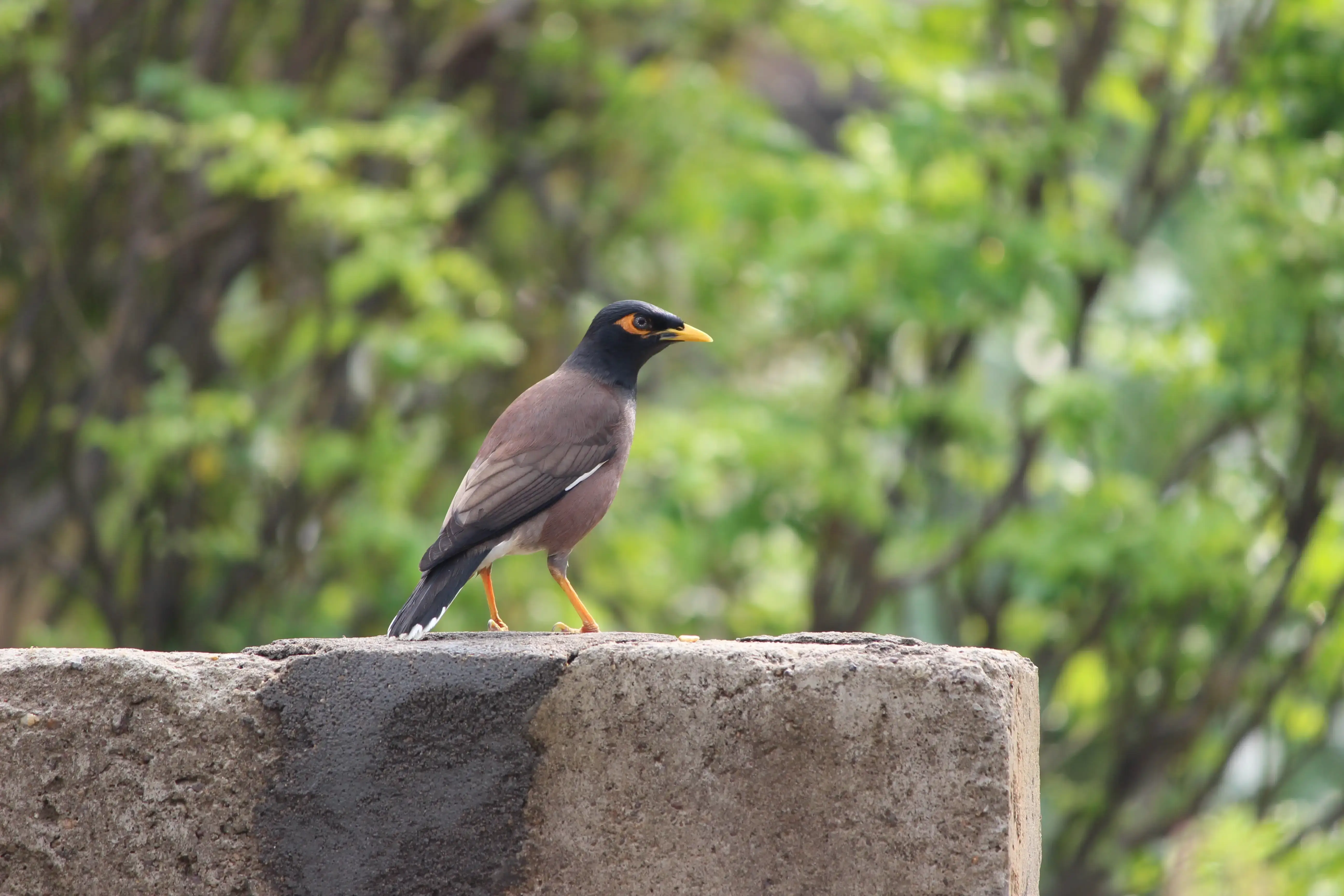
The common myna is a noisy and gregarious bird that forms large flocks and roosts communally. It is also an intelligent and mimetic bird that can imitate the sounds of other birds and animals, as well as human speech.
 4. Indian Peafowl (The National Bird), Indian Birds
4. Indian Peafowl (The National Bird), Indian Birds
The Indian peafowl (Pavo cristatus) is the national bird of India and one of the most spectacular birds in the world. It is native to India and Sri Lanka, but has been introduced to many other countries as an ornamental bird. It is a large pheasant with a long train of feathers that can be raised into a fan-like display. The male has a blue head and neck, a green back and chest, and an iridescent train with eye-like spots. The female is smaller and duller, with a brown body and no train.
The Indian peafowl feeds mainly on seeds, fruits, insects, worms and small reptiles. It inhabits open forests, grasslands, farms and villages, where it roams in small groups or pairs. It nests on the ground or on low branches, where it lays three to five brown eggs.
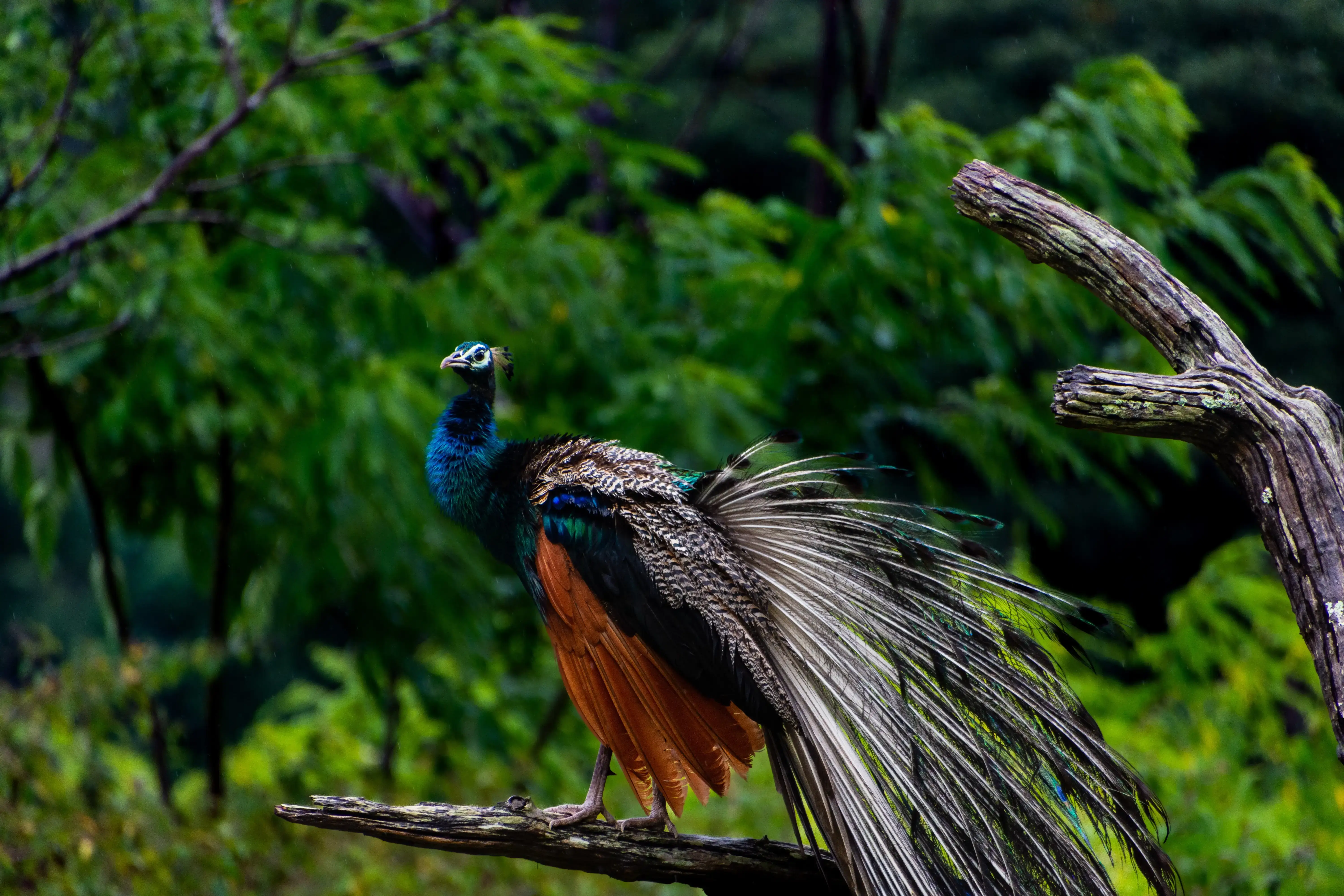
The Indian peafowl is best known for its courtship behaviour, where the male displays his train to attract females. The male also produces loud calls that can be heard from far away.
 5. Red-vented Bulbul (The Garden Bird), Indian Birds
5. Red-vented Bulbul (The Garden Bird), Indian Birds
The red-vented bulbul (Pycnonotus cafer) is a passerine bird that belongs to the bulbul family. It is native to South Asia and Southeast Asia, but has been introduced to many other places as a cage bird. It is a medium-sized bird with a brown body, a black head, a white throat and a red patch under the tail. The male and female are similar in appearance.
The red-vented bulbul feeds on fruits, seeds, insects and nectar. It is a common and widespread bird that can be found in various habitats, from forests to gardens to urban areas. It nests in bushes or trees, where it lays two to five pinkish-white eggs.
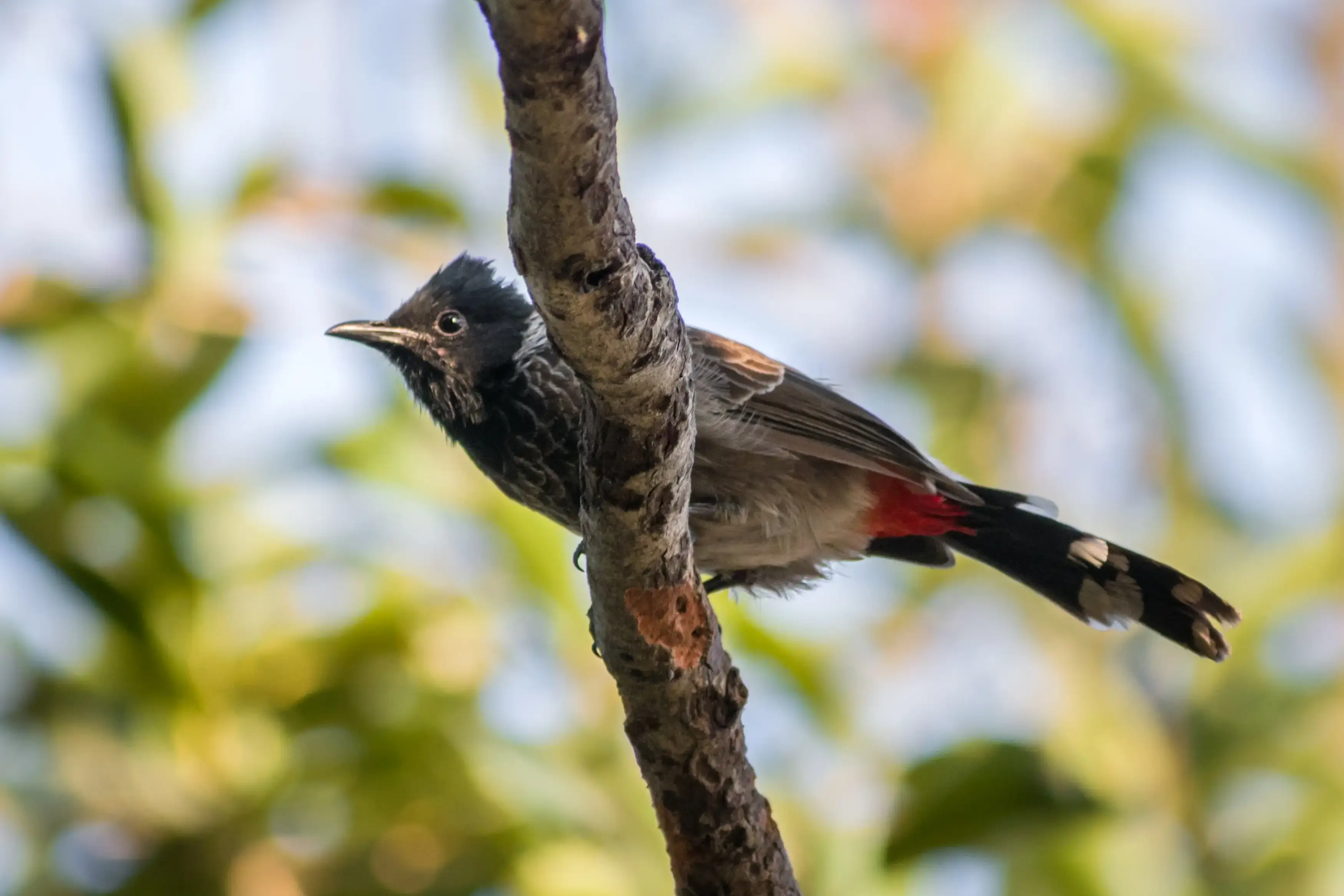
The red-vented bulbul is a vocal and social bird that produces a variety of melodious and harsh sounds. It often forms mixed flocks with other bulbuls and birds.
 6. White-throated Kingfisher (The Fisher King), Indian Birds
6. White-throated Kingfisher (The Fisher King), Indian Birds
The white-throated kingfisher (Halcyon smyrnensis) is a kingfisher that occurs in Asia, Africa and Europe. It is a large and colourful bird with a blue back, wings and tail, a chestnut head and breast, and a white throat and belly. It has a long red bill and legs, and a black eye stripe. The male and female are alike.
The white-throated kingfisher feeds mainly on fish, frogs, crabs, lizards, rodents and insects. It is not restricted to aquatic habitats, but can also be found in open woodlands, fields, parks and gardens. It perches on branches or wires, from where it dives to catch its prey. It nests in holes of trees or banks, where it lays three to seven white eggs.
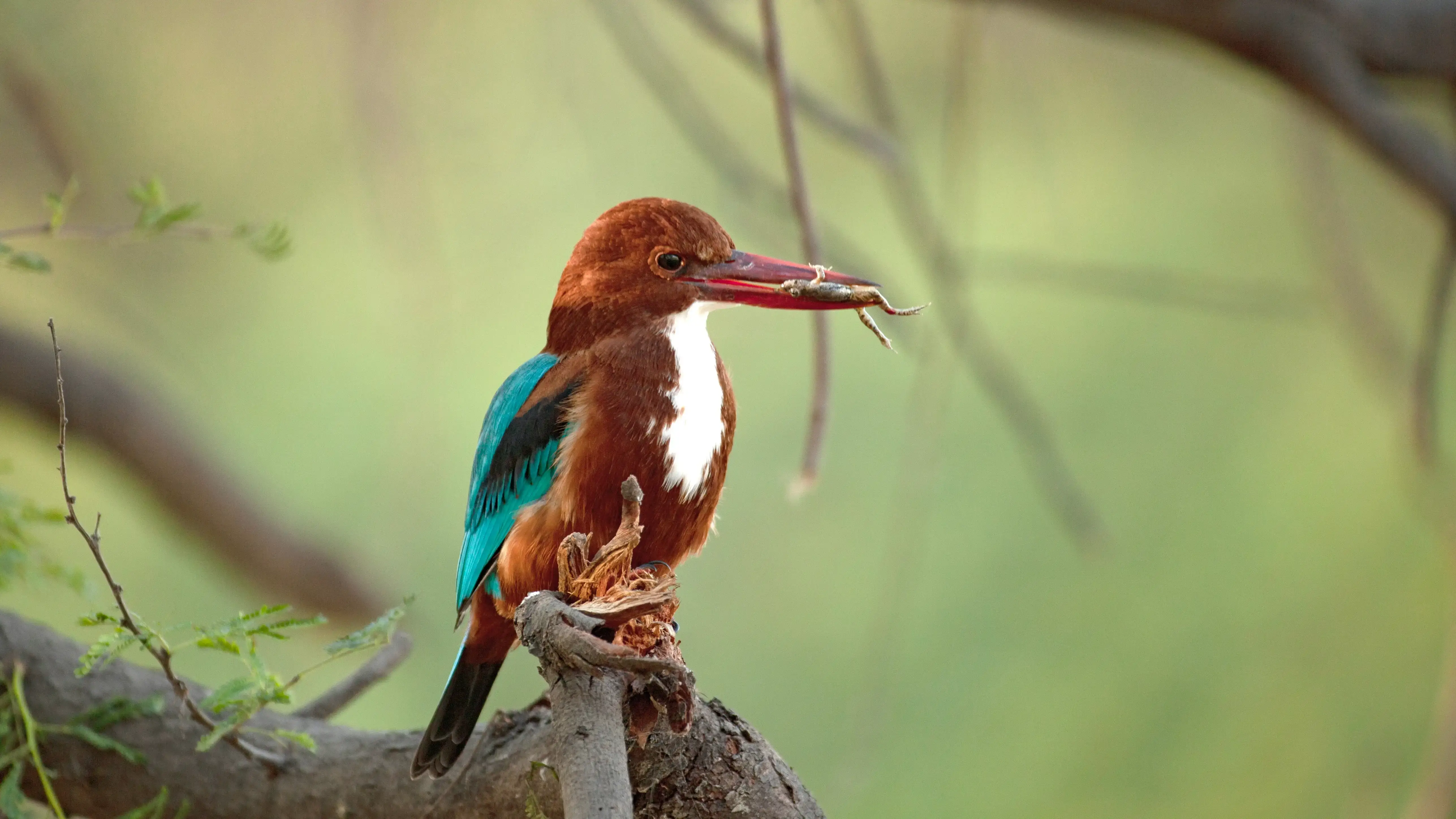
The white-throated kingfisher is a loud and conspicuous bird that makes a distinctive laughing call. It is also known as the tree kingfisher or the brown-breasted kingfisher.
 7. Indian Roller (The Aerial Acrobat), Indian Birds
7. Indian Roller (The Aerial Acrobat), Indian Birds
The Indian roller (Coracias benghalensis) is a roller that occurs in Asia and Africa. It is a medium-sized bird with a blue body, a brown head and back, and a purple breast. It has a black eye stripe and bill, and a greenish-yellow eye. The male and female are similar.
The Indian roller feeds on insects, spiders, scorpions, snails, worms, frogs, lizards and small snakes. It is found in open habitats such as grasslands, savannas, farms and villages. It perches on trees or wires, from where it swoops down to catch its prey. It nests in holes of trees or buildings, where it lays three to five white eggs.
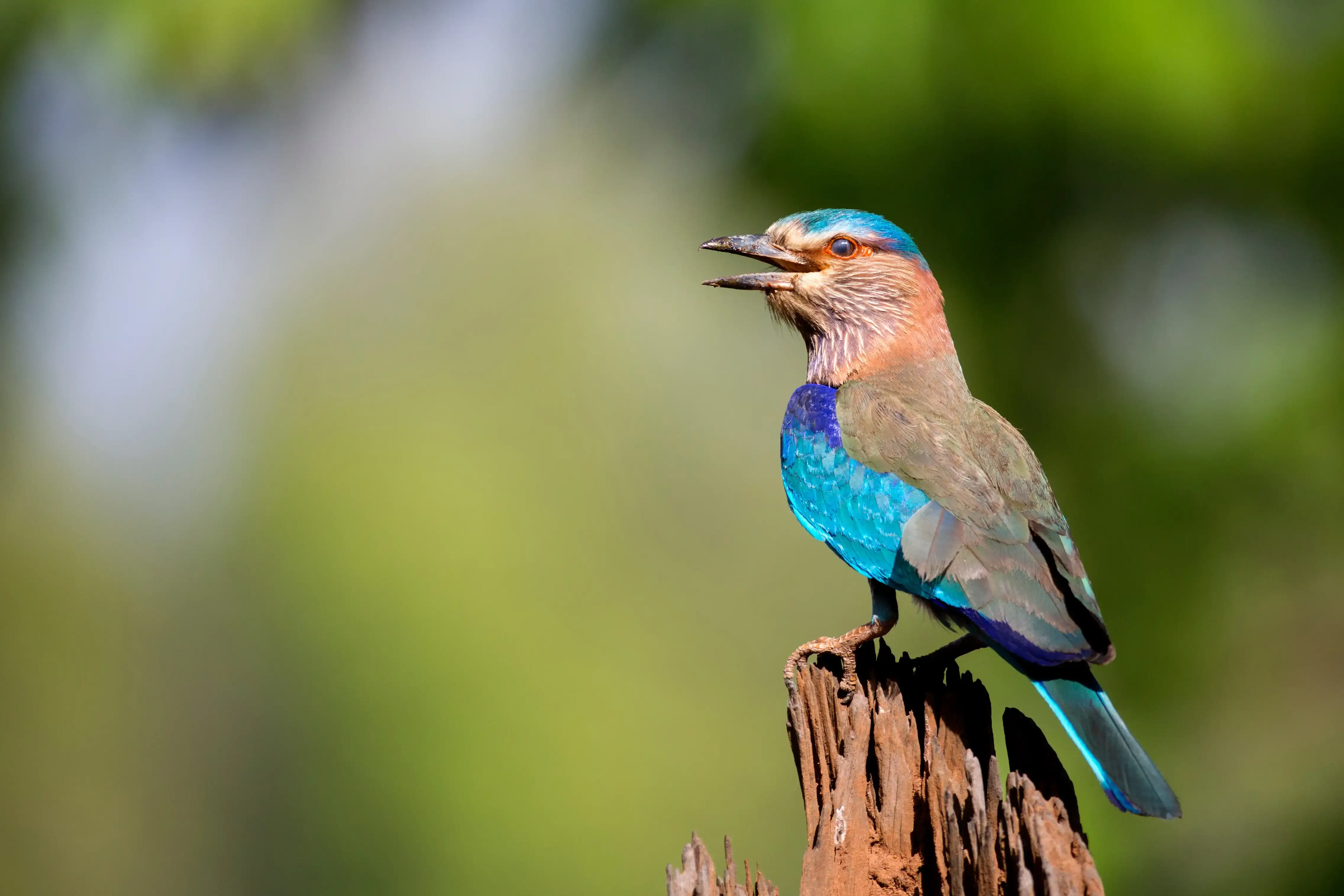
The Indian roller is best known for its aerial acrobatics during the breeding season, where it performs somersaults and twists in the air while flashing its bright colours. It also makes a harsh crow-like call. It is considered a sacred bird in many parts of India.
 8. Asian Koel (The Cuckoo), Indian Birds
8. Asian Koel (The Cuckoo), Indian Birds
The Asian koel (Eudynamys scolopaceus) is a cuckoo that occurs in Asia and Australia. It is a large bird with a glossy black body and a long tail. The male has a greenish bill and eye ring, while the female has white spots on the wings and tail. The juvenile is brown with white bars.
The Asian koel feeds mainly on fruits, berries and seeds, but also takes insects and caterpillars. It is found in various habitats, from forests to gardens to urban areas. It is a brood parasite that lays its eggs in the nests of other birds, especially crows and mynas.
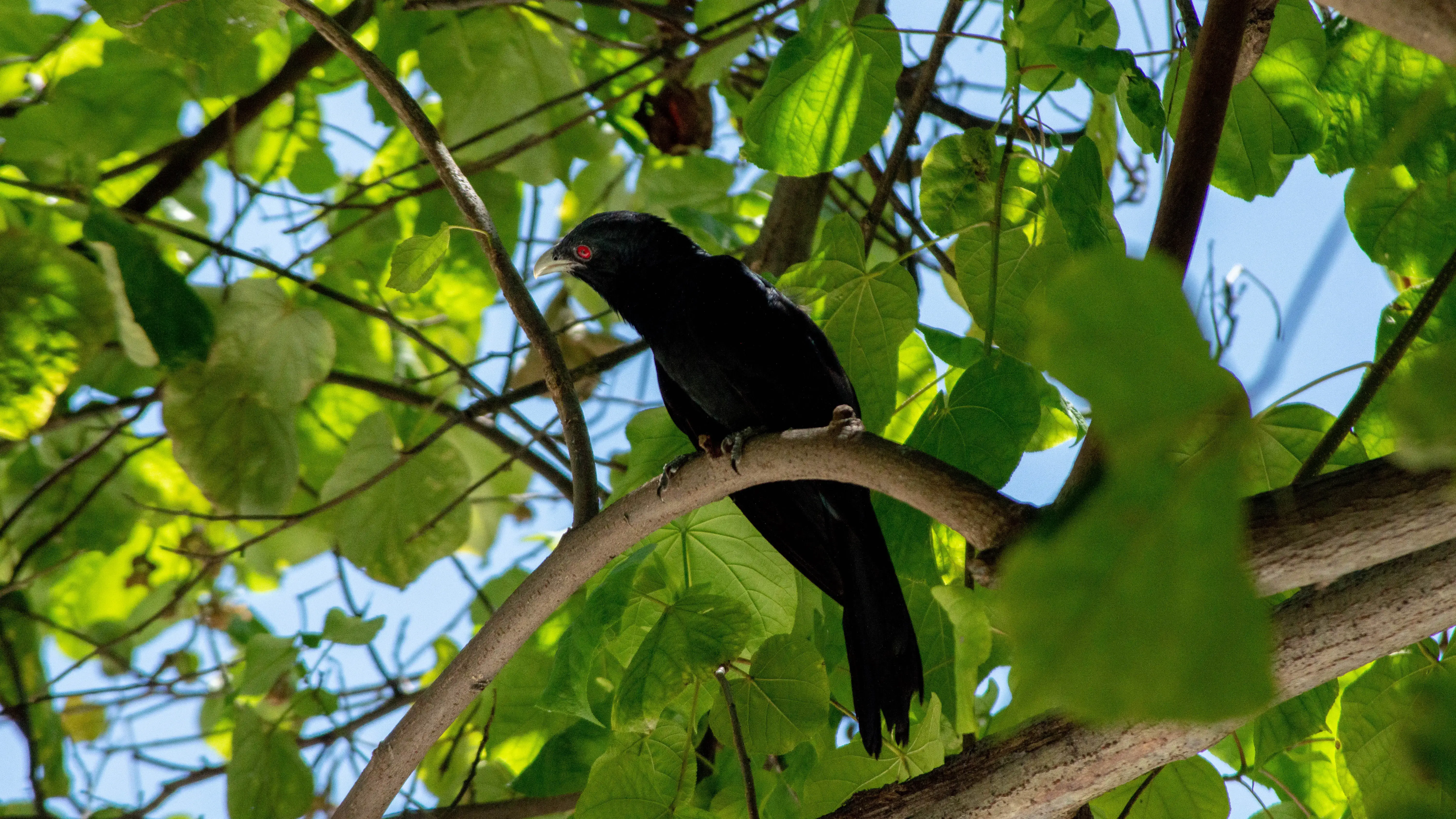
The Asian koel is a vocal bird that makes loud calls that sound like “ko-el” or “koo-ooo”. The male calls more frequently than the female. The Asian koel is often used as a symbol of love or monsoon in Indian poetry.
 9. Green Bee-eater (The Insect Hunter), Indian Birds
9. Green Bee-eater (The Insect Hunter), Indian Birds
The green bee-eater (Merops orientalis) is a bee-eater that occurs in Africa and Asia. It is a small and slender bird with a green body, a blue throat and chest, a black eye stripe and bill, and two elongated central tail feathers. The male has more blue on the throat than the female.

The green bee-eater feeds mainly on bees, wasps, hornets and other flying insects, which it catches in the air after sallying from a perch. It removes the sting of its prey by rubbing it against a branch before swallowing it. It is found in open habitats such as grasslands, scrublands, farms and villages. It nests in burrows dug into sandy banks or slopes, where it lays four to eight white eggs.
The green bee-eater is a social and noisy bird that forms flocks of up to 20 individuals. It makes various sounds such as “prrr” or “trrr”.
 10. Red-wattled Lapwing (The Plover), Indian Birds
10. Red-wattled Lapwing (The Plover), Indian Birds
If you are interested in birds, you might have heard of the red-wattled lapwing, a large wader that is native to Asia. This bird has a distinctive appearance, with a black head, breast and throat, a red bill with a black tip, and red wattles in front of the eyes. It also has a white patch that runs from the belly to the sides of the crown, and black flight feathers that contrast with the white wing patch. The red-wattled lapwing is usually found in small groups near water bodies, agricultural fields, and dry land, where it feeds mainly on insects. It is well known for its loud alarm call, which sounds like “Did we do it?” or “Pity to do it”. The red-wattled lapwing is not threatened by extinction, but it may face some threats from habitat loss and human disturbance.
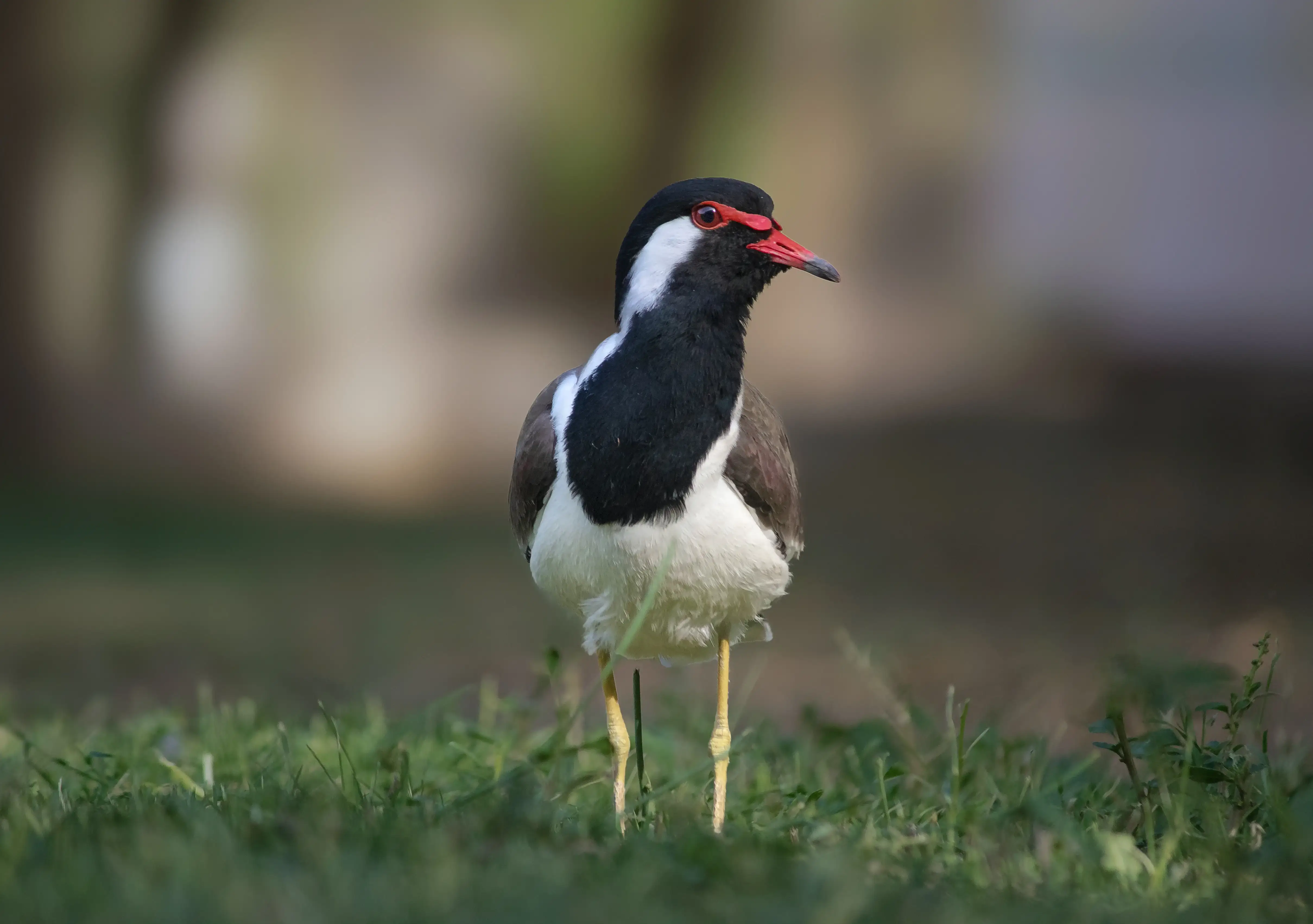
These are just some of the most common birds that are found in India. There are many more species to discover and enjoy, each with its own characteristics and habits. India is truly a birdwatcher’s paradise, and a great place to appreciate the diversity and beauty of nature.
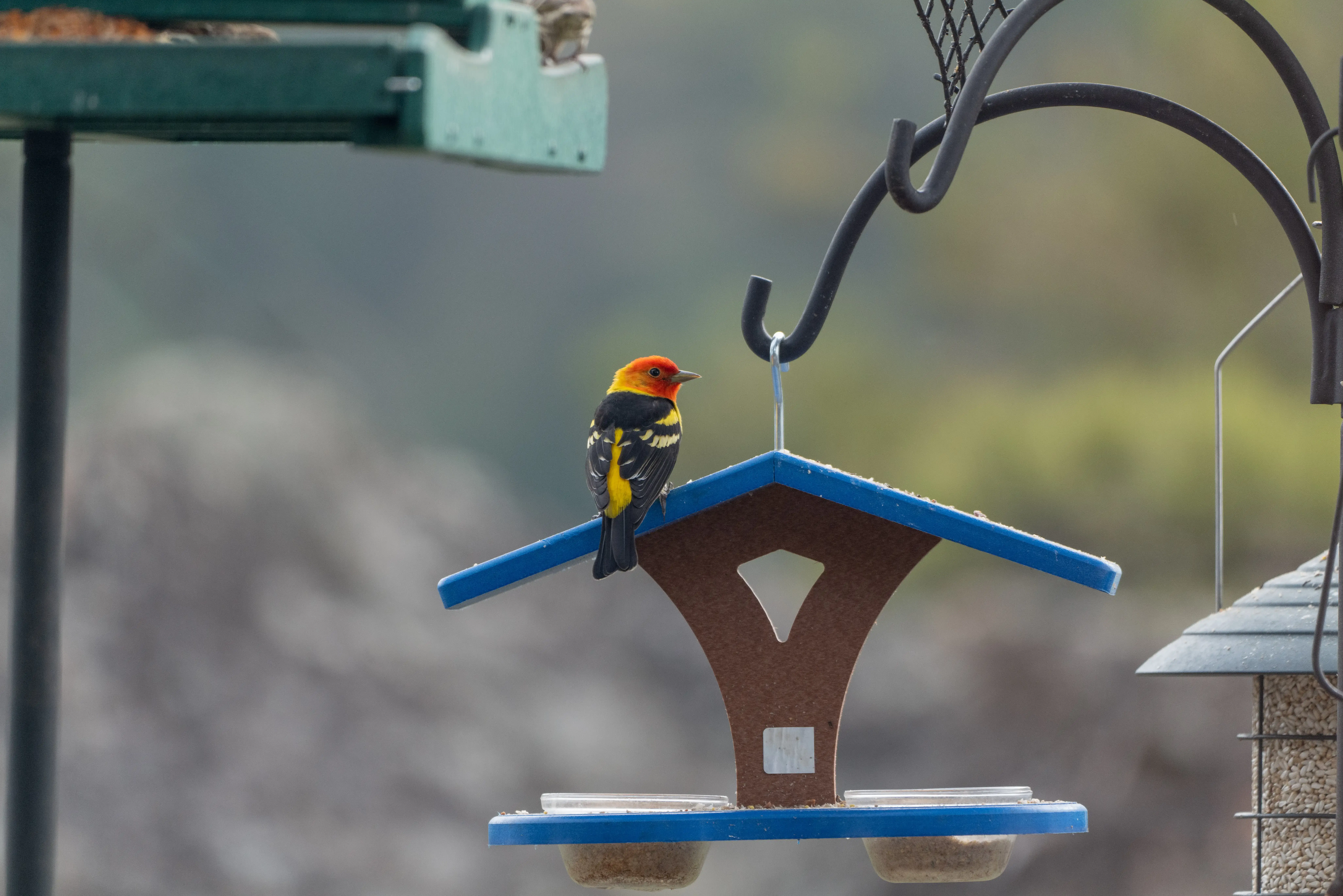
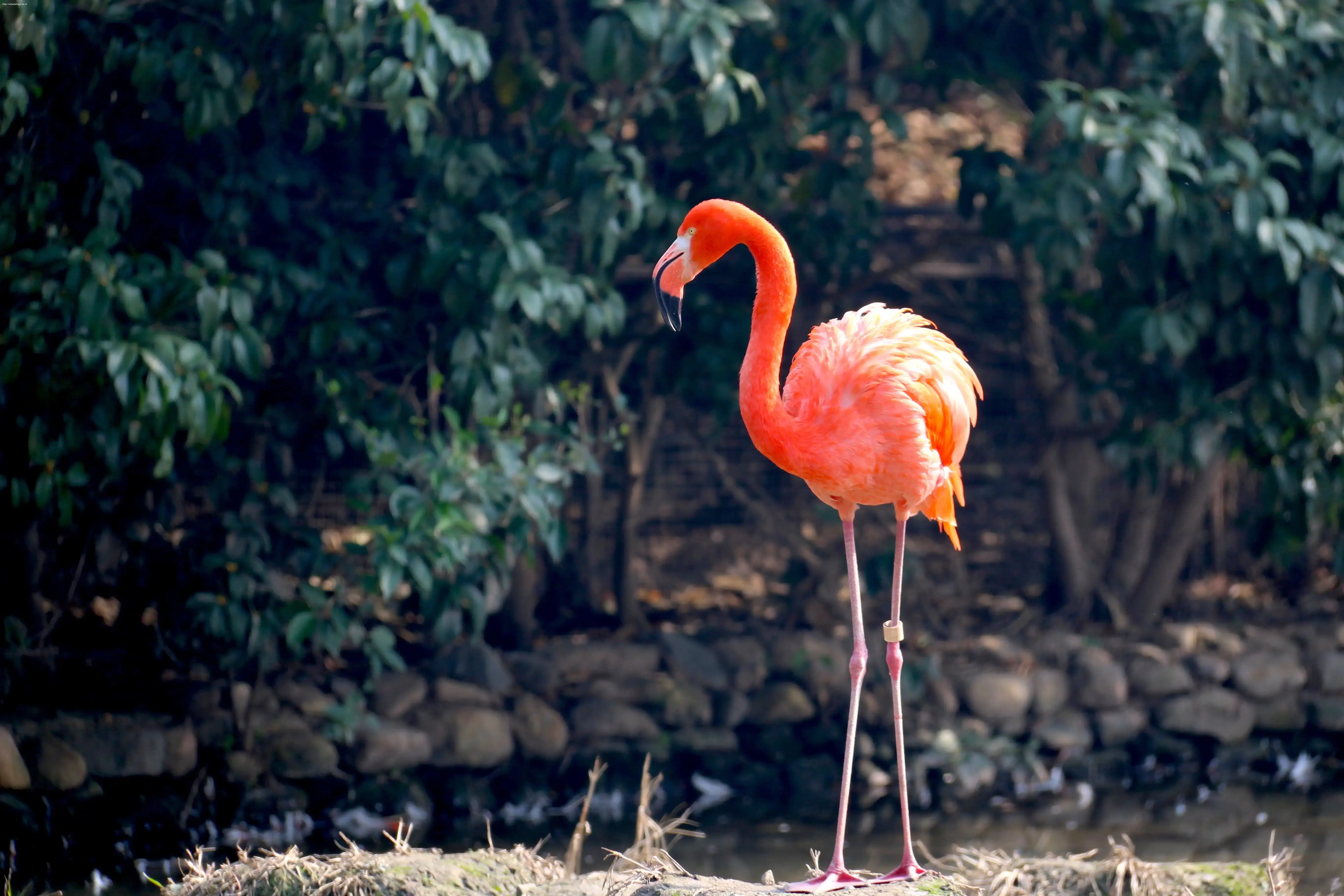


Comments